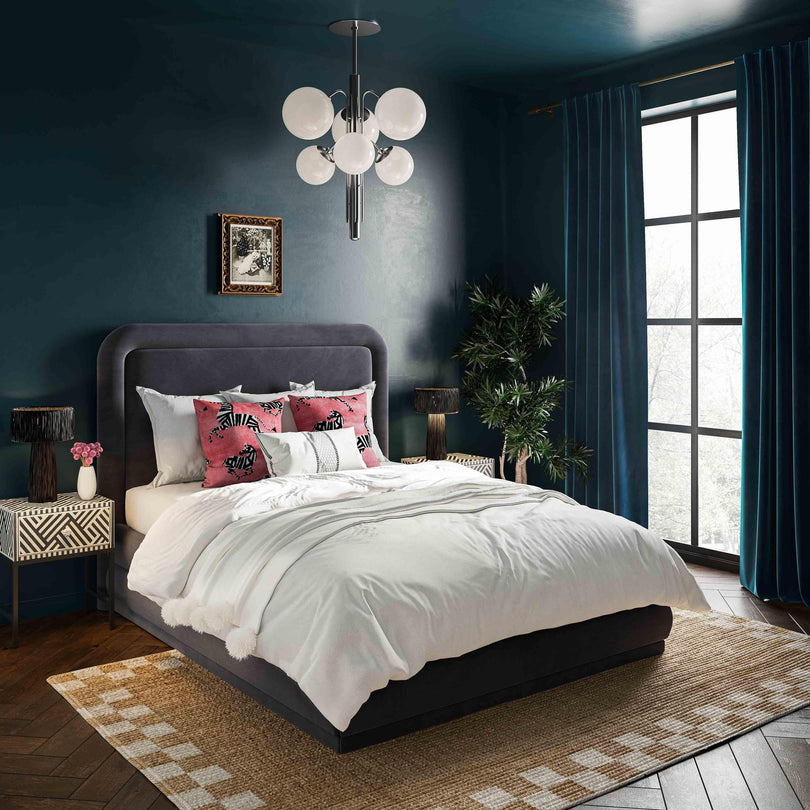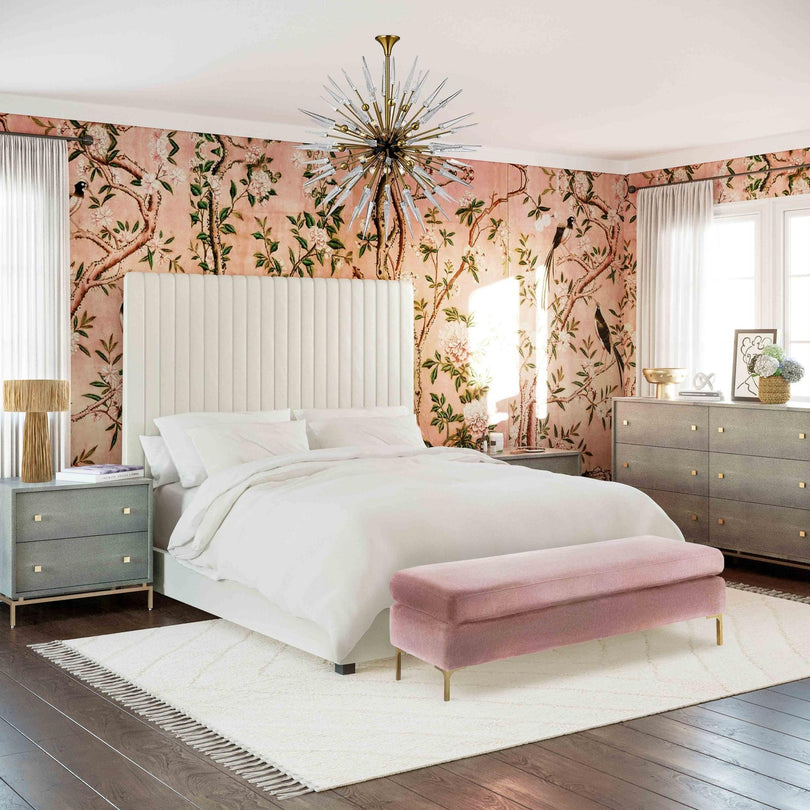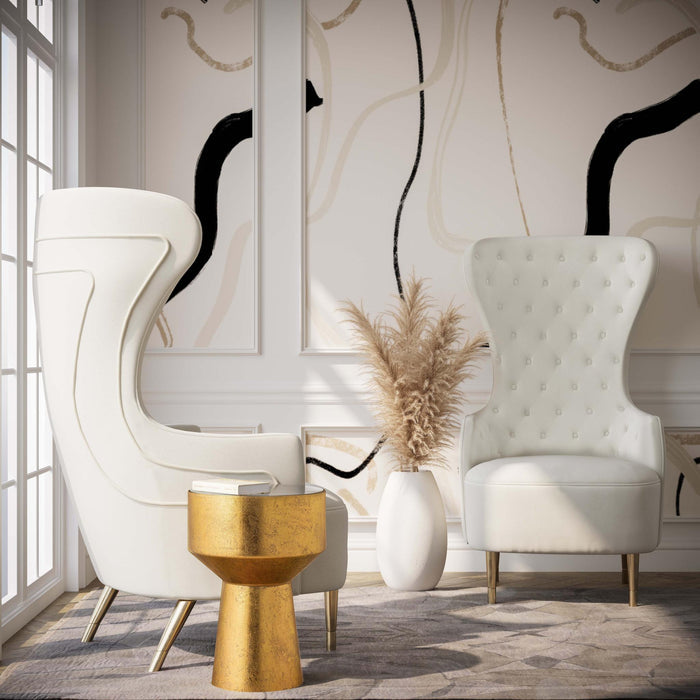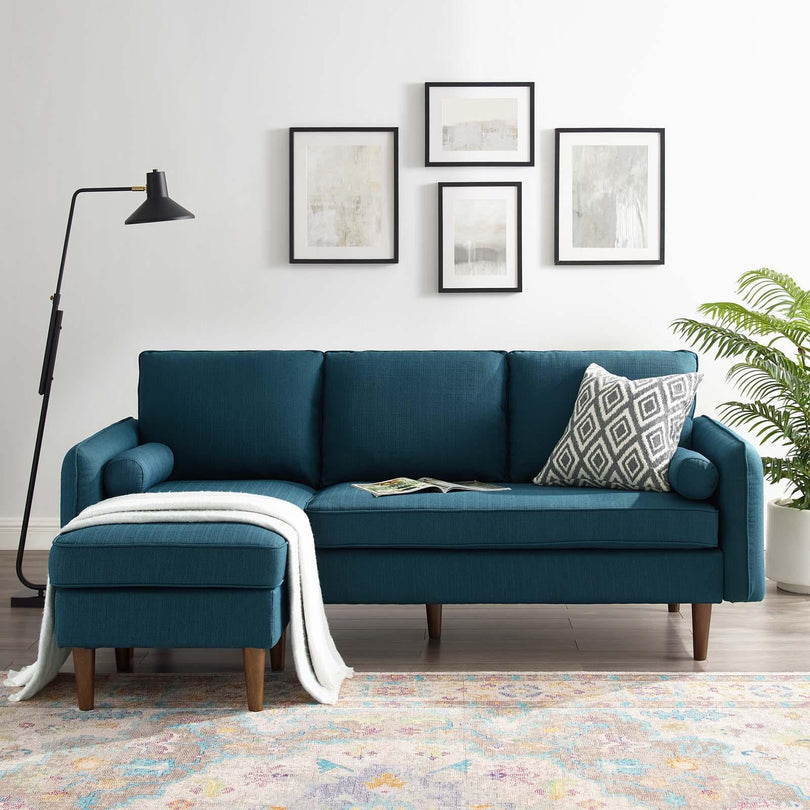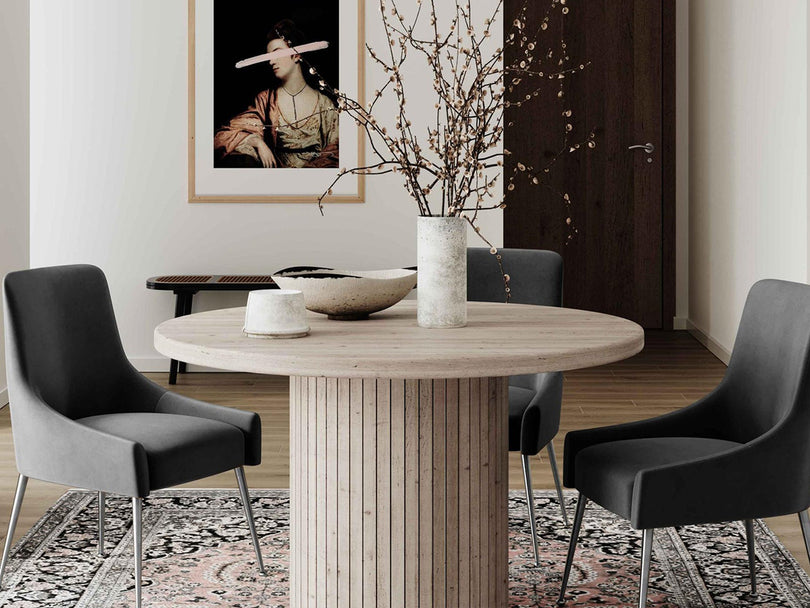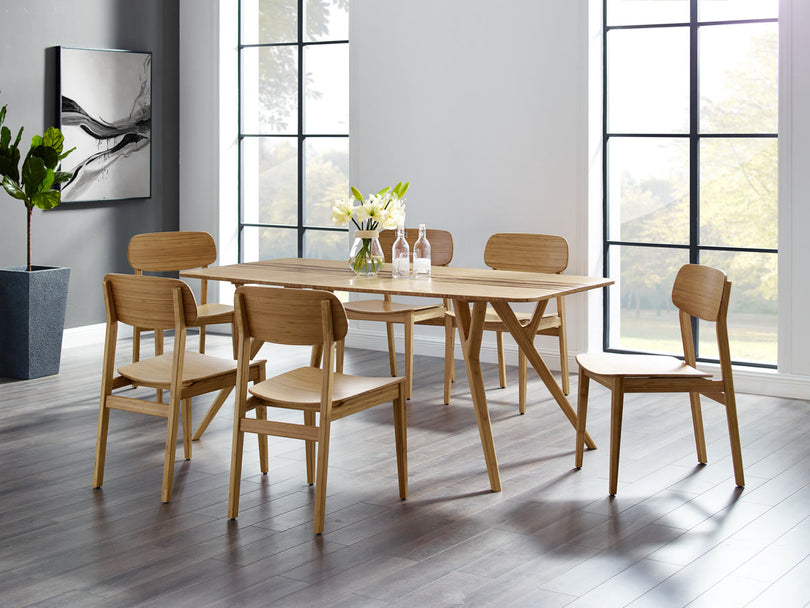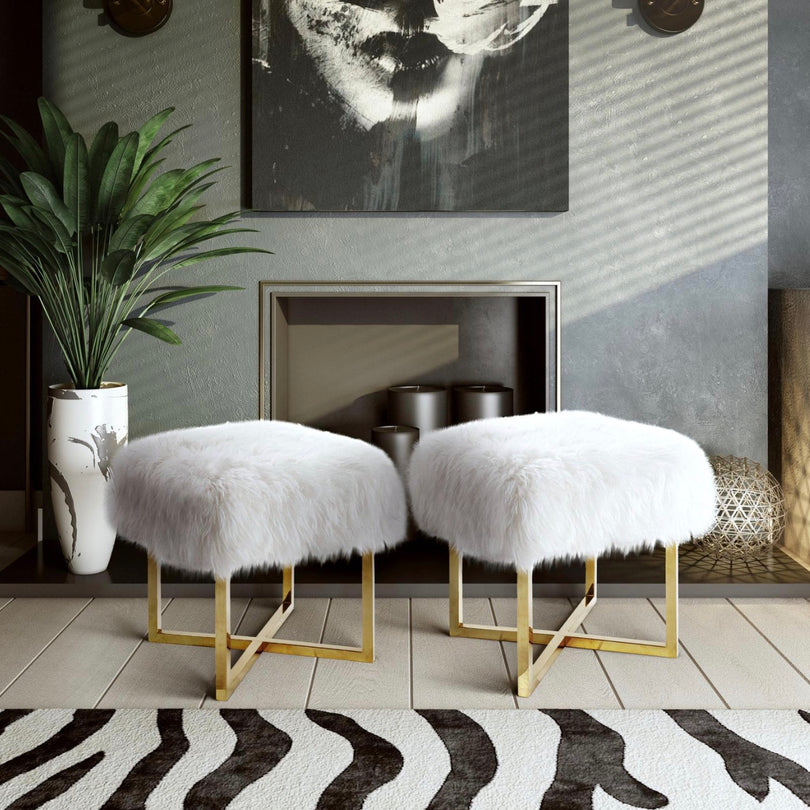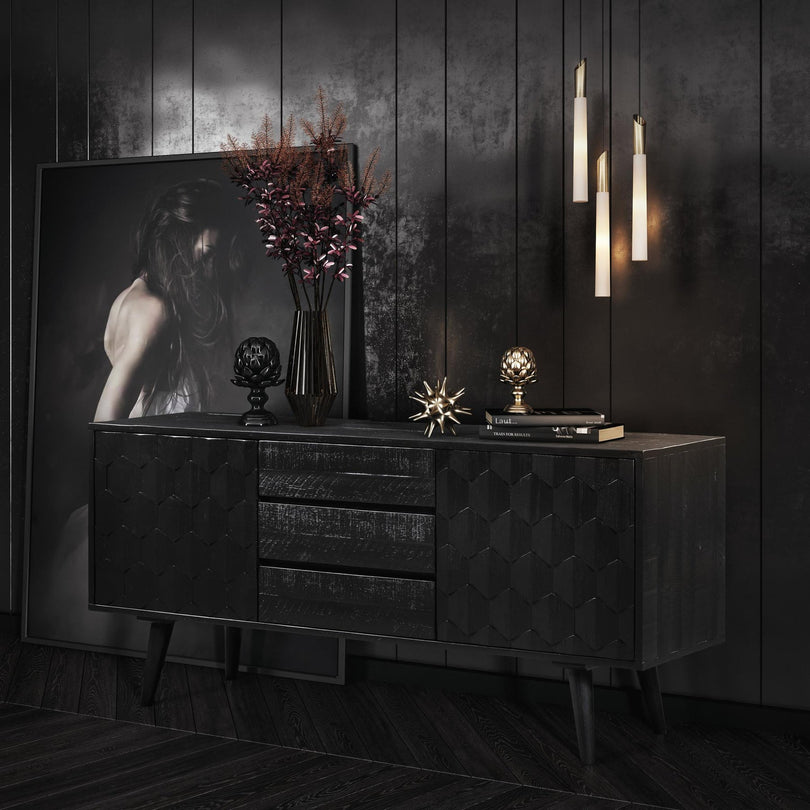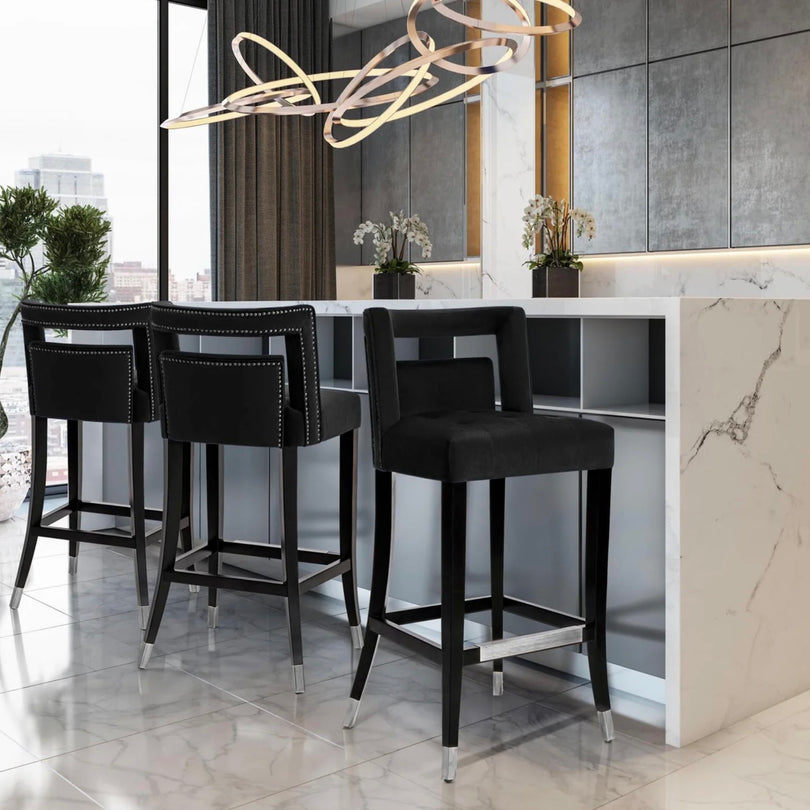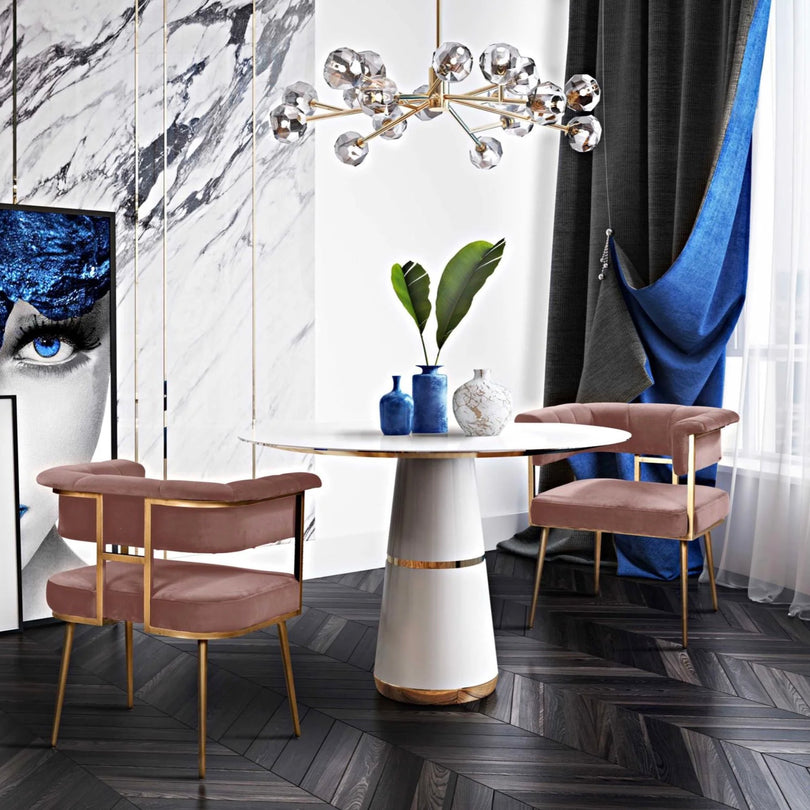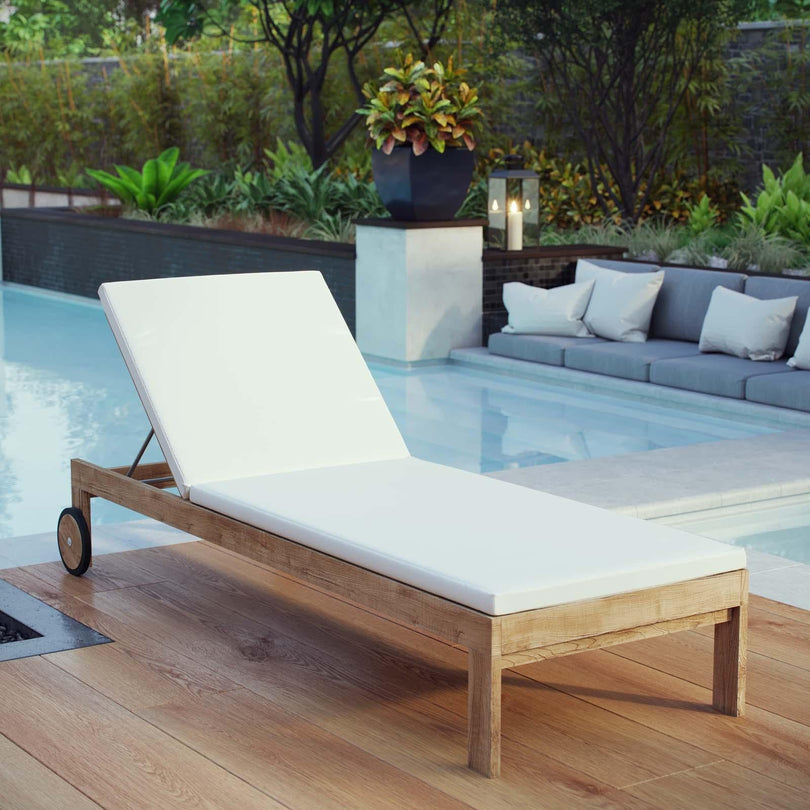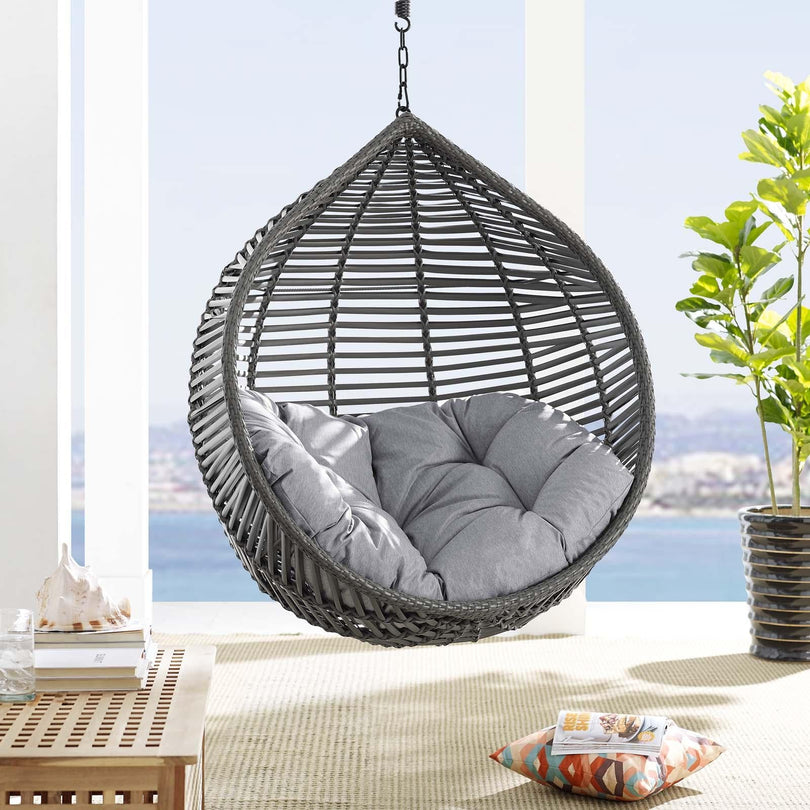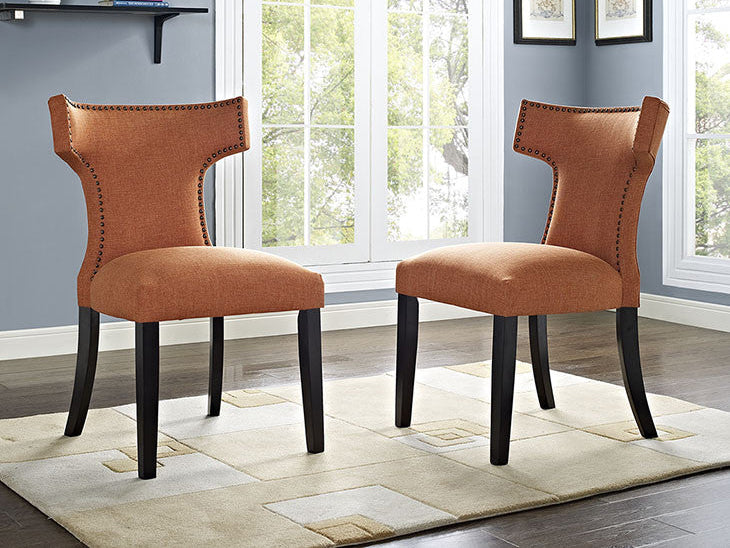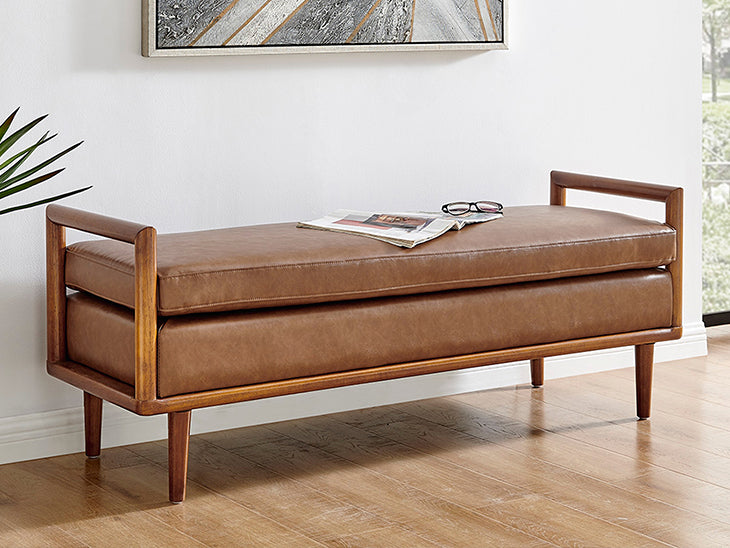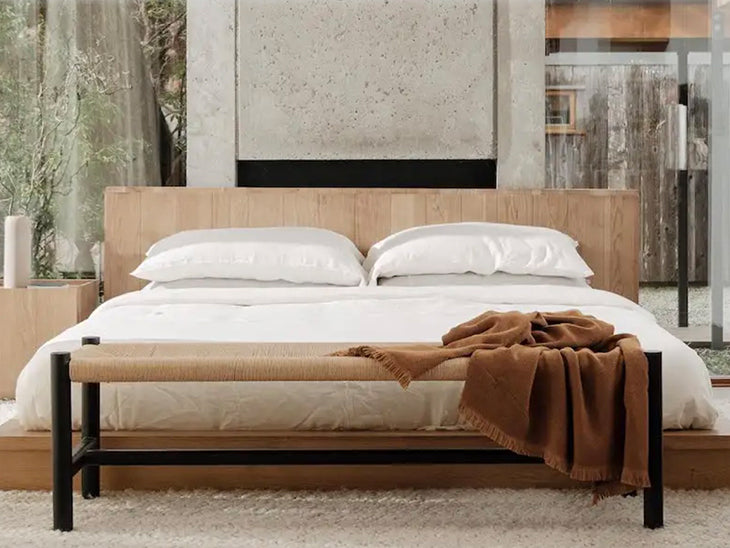Sprucing up your home should be an exciting endeavor, not a stressful one. If you're grappling with cluttered spaces and wish to breathe some fresh air into your home, the minimalist style could be your saving grace. 'Less is more' is the underlying philosophy of minimalism, which mostly advocates for functional yet aesthetically pleasing items. By adhering to this principle when selecting minimalist furniture, you might just be on your way to transforming your home into an elegant, clutter-free abode that exudes tranquility and sophistication in equal measure.
Understanding Minimalist Furniture
Minimalist furniture has been making waves in contemporary interior design with its emphasis on simplicity and functionality. Pared down to basic shapes and colors, these pieces emphasize clean lines, sparse details, and a reductive approach to design elements. At the heart of this trend is the philosophy that less is more, and minimalism in furniture making contends that you don't need much to create an impactful and aesthetic furnishing.
Concept and Characteristics
Minimalist furniture is anchored on eliminative design - removing all elements not essential to its function. It's about stripping things down to their most fundamental aspects, aiming to promote serenity and simplicity in our often complex, cluttered lives. What could be more refreshing than a space that breathes, as opposed to one laden with superfluous items?
Here are a few distinguishing traits of minimalist furniture:
- Minimalist color palette. These pieces typically utilize monochromatic and neutral shades, such as white, grey, beige, and black, allowing the form of the furniture to stand out.
- Simple and clean lines. You'll often see minimalist furniture with rectangular or curved shapes, with hardly any ornamentation. These forms inspire calm and tranquility.
- Maximized functionality. Every detail on the furniture serves a purpose, contributing to its practicality. Minimalist furniture might look uncomplicated, but it's far from devoid of creativity. With their concealed storages and multifunctional abilities, they are as ingenious as they are resplendent.
The Rise in Popularity
In recent times, people have been drawn to the minimalist design because of the tranquility and order it brings. As lives become more hectic and houses smaller, the desire for more practical and less cluttered spaces has grown. Moreover, the aesthetic appeal of minimalist furniture - it's sleek, modern, and sophisticated - is undeniably trend-worthy.
Honing into a minimalist lifestyle offers the promise of a life unhampered by material excess. This sentiment carries over in our choices of furniture, to ones that are not just beautiful but also meaningful. While minimalist furniture may appear to be a design trend, at its core, it's an embodiment of a mindset, a reflection of the way one chooses to live.
To encapsulate, exploring the world of minimalist furniture opens a doorway into understanding an understated, yet profound dimension of design. This realm of clean lines, uncluttered aesthetics, and practical utility encourages us to reconsider our perspective on how we should furnish our living spaces. Above all, it's a reminder that in the quest for a fulfilling and comfortable living environment, less could indeed be more.
Choosing Minimalist Furniture
In the ever-evolving field of interior design, there's a style that seems to have made a significant impact in recent years: Minimalism. Adopting a minimalist aesthetic in your home decor can have many benefits, such as creating a calming, clutter-free environment that speaks volumes with its simplicity. Among the array of elements that make up a minimalist abode, one key aspect that often stands out is the furniture. Choosing minimalist furniture, however, can be a daunting task unless you've got some guidelines to navigate you through the process. This article offers a user-friendly guide on just that!
Identifying Your Needs
When it comes to minimalist furniture, the first rule of thumb is to identify your needs. Unlike most other decor styles, minimalism advocates for function over form. The primary focus should always be on utility, which allows for an effective balance of design and practicality. Keep in mind that every piece of furniture in your home should serve a purpose, and avoid unnecessary pieces that only contribute to clutter.
Assessing Space and Scale
The next important consideration in selecting minimalist furniture is assessing the available space and understanding the scale needed. Minimalist rooms don't proclaim their style through extravagant pieces but through the careful orchestration of space, proportion, and furniture placement. A tiny side table may look lost in a large living room, while an oversized sofa could swallow a small space. Strive for balance and harmony in your furniture choices.
Choosing Appropriate Color and Materials
Color and materials play a crucial role in minimalist design. Neutral colors thrive in this pathway, as they impart a sense of calm and tranquility. Opt for whites, blacks, light grays, or beiges as the primary color palette. As far as materials go, look for good quality, durable materials that can withstand daily use. Wood, metal, or glass are popular choices in minimalist design. Remember, the aim is to create a space that doesn't feel cold or impersonal despite its restraint.
Striking the Right Balance
Last but not least, the real beauty of a minimalist space lies in its balance. It's never about leaving the room almost empty, but about achieving the perfect equilibrium between the few elements you allow into your space. It's the delicate act of balancing the furniture, the colors, the lighting, and the space that results in a well-planned minimalist room. Always aim for a comfortable space, where each piece of furniture not only serves its purpose but also contributes to the overall aesthetic of the room.
Choosing minimalist furniture might seem overwhelming at the start, but with a clear understanding of your needs and style, the process becomes enjoyable and fulfilling. Minimalism is all about thoughtful reduction—the art of focusing on what we need and eliminating the surplus. Keep these guidelines in mind, and you'll be able to furnish your minimalist home perfectly!
Minimalist Furniture for Different Spaces in Your Home
The essence of minimalism lies not in having fewer items, but in deriving more joy and function from what you do have. This philosophy rings true in setting up spaces in your home and finding the right minimalist furniture to use. By carefully selecting these central pieces, you can transform your home into a peaceful haven that embodies both style and simplicity.
The Living Room
The living room is where you make your first impression and where people usually spend most of their time. In the realm of minimalist furniture, selecting the right sofa takes center stage. Look for clean lines and a muted color palette. Depending on the size of your room, you might opt for a cozy two-seater or a more extensive sectional. The goal is to maintain a harmonious balance between space and furniture.
- Select simple coffee and side tables. Consider those with storage to keep your space clutter-free, maintaining a clean minimalist look.
- Opt for floor lamps with straightforward designs that provide a balanced light source.
- Choose well-designed shelving that blends seamlessly into the walls, creating a smooth flow in the room.
The Bedroom
The bedroom is our personal sanctuary and should exhibit an atmosphere of calm. At the center of this space, choose a bed frame that highlights the principles of minimalism. A low-platform bed, perhaps in natural wood tones, could be an excellent choice.
- For storage, clean-lined wardrobes and dressers are perfect, especially when they match your chosen color scheme.
- Opt for neutral bedding sets and curtains to maintain the minimalist aesthetic.
- A single piece of abstract artwork or a large mirror can create a focus point without overwhelming the room.
The Kitchen
The kitchen, often considered the heart of the home, can also be redesigned in minimalist style.
- Consider cabinetry that is sleek and lacks ornate trims or handles.
- Opt for a simplified color palette, such as white or light gray.
- Try an island with built-in storage to keep countertops free from clutter.
- Open shelves displaying only the necessities contribute to the clean aesthetic of a minimalist kitchen.
The Bathroom
Implementing minimalism in the bathroom is all about maintaining simplicity, while ensuring functionality.
- Opt for a floating vanity to make your bathroom look bigger.
- Consider a frameless mirror and built-in storage to keep toiletries out of sight.
- Neutral tones and simplicity in lighting fixtures will enhance the minimalist look.
Home Office
Even your home office can benefit massively from minimalist furniture designs.
- Choose a desk that's simple, with clean lines and a lack of clutter.
- Your office chair should provide good ergonomic support even while maintaining a minimalist look.
- Built-in bookcases or floating shelves can provide storage without stealing away too much of the room's empty space.
In conclusion, incorporating minimalist furniture into the various spaces in your home doesn't mean you are creating sterile, lifeless rooms. Instead, it emphasizes the function, quality, and joy of each piece of furniture in a distraction-free environment. The minimalism ethos is about finding beauty in simplicity and elevating everyday living by getting rid of excess.
Buying and Arranging Your Minimalist Furniture
Where to Buy
Embarking on the journey to a minimalist lifestyle begins with careful selection of your furniture. What better place to start than choosing thoughtfully designed, purposeful pieces that embody the essence of minimalism? Yet, with an overwhelming market of furniture designs and retailers, where can one find genuine minimalist furniture?
Many high-end and budget-friendly furniture retailers are home to a variety of minimalist furniture. These include renowned brands like IKEA and Wayfair that offer minimalist designs. Even better, boutique stores dedicated to minimalist design, like Minimalist Home or The Simple House are carving out a niche for lovers of simplicity, with beautiful pieces that perfectly blend form and function.
The beauty of minimalism is that it doesn't require you to splurge on high-end brands. Scour local thrift stores, vintage shops, or even online platforms such as Etsy for second-hand pieces that encapsulate modest, minimalist design principles.
Assembling and Installation Tips
Once you've found your perfect pieces, the next step is assembling and installing your minimalist furniture. For some, this process can seem daunting – wrestling with an Allen wrench and deciphering cryptic instructions is no one's idea of a fun afternoon. But fear not, here are some handy tips to make the process smoother.
- Start with a clear, spacious area: It's crucial to have enough room when assembling your furniture. Ensure the area surrounding you is clear to avoid any possible obstruction or hazards.
- Organize your tools: Adequate tool management is vital. Ensure that all the tools you need are within reach, and all components and screws are kept in a safe place.
- Take your time: Don’t rush the assembly process. Take time to understand the instructions, and if a piece doesn't fit, don't force it. This can cause unwanted damage.
- Get help if needed: Furniture assembly can be a two-person job, particularly for larger items. Don’t hesitate to ask for help if you need it.
Arranging Your Furniture
The key to arranging your minimalist furniture lies not only in positioning, but also in creating a feeling of spaciousness and harmony in your home.
First, consider the focal point of the room, typically a large piece of furniture like the bed in a bedroom or the sofa in the living room. Avoid placing furniture in high foot traffic areas or blocking natural light sources.
Next, play with symmetrical arrangements as they reflect order and balance, driving the minimalist feeling home. Remember, it’s not about how much furniture you have, but rather how you use the space. Less is more in minimalist design. Indulge in empty space and allow room to breathe.
Lastly, commitment to minimalism doesn’t mean ditching personal style. Use accessories sparingly but thoughtfully. Add a pop of color or stylish throw pillows to modernize your space without overcrowding it.
Embracing the minimalist lifestyle is creating an environment of simplicity and serenity. And that begins with carefully chosen, well-arranged minimalist furniture. With the right pieces and arrangement, you're on your way to a de-cluttered life, opening the door to a wide range of benefits: improved mood, better productivity, and cleaner spaces - Cue the sigh of relief.
Maintaining Your Minimalist Furniture
When it comes to achieving just the right combination of style and simplicity in your home decor, minimalist furniture is the go-to choice for many. It's sleek, practical, and exudes an aura of quiet elegance. However, just like with any other treasured items in your home, minimalist furniture requires regular maintenance to keep it looking pristine and durable. This section will guide you through two central aspects of minimalist furniture maintenance: cleaning and care, and refreshing your furniture.
Cleaning and Care
The first step to maintaining your minimalist furniture begins with regular cleaning and care. Here are some tips on how you can do it effectively:
- Dust Regularly: Dust can settle on your furniture and rob its bright and polished look. Make it a rule to dust your furniture regularly, but gently, to avoid scratching the surfaces.
- Use the right cleaning products: Not every cleaning product in the market is right for your furniture. It's key to understand your furniture's material – be it wood, metal, leather or fabric – and use cleaning products designed for them.
- Protective Measures: Consider using protecting pads under items that are prone to scratching your furniture, such as vases, lamps and electronics. Also, utilize coasters, table cloths and placemats to prevent stains and spills.
Refreshing Your Furniture
Sometimes, cleaning and normal care might not be enough to maintain the allure of your minimalist furniture. It might need occasional refresh routine. Here's how:
- Rotate your Furniture: Rotating your furniture helps to even out wear and tear. For instance, if you use one part of your couch more than the other, consider switching the cushions and throw pillows often.
- Repaint and Polish: Repainting and polishing your furniture can give the piece a fresh new look and hide minor scratches or stains. Consider doing this at least once a year or when needed.
- Reupholster: Over time, fabric can become dull or worn out, affecting the overall look of your furniture. Reupholstering can return the brightness and freshness to your favorite pieces.
Remember, how you maintain your minimalist furniture can significantly impact its durability and appearance. Taking the appropriate measures for cleaning, care, and refreshing your pieces, you'll enjoy the minimalist elegance for a long time.
Conclusion
Adopting the minimalist approach in your home offers an opportunity to embrace simplicity, functionality, and elegance. When carefully selected and thoughtfully arranged, minimalist furniture from a trusted provider like Minimal & Modern transforms your rooms into calming and inspiring spaces that will elevate your home's overall ambiance.
Remember, every piece of furniture should serve a purpose and resonate with the room, allowing you to declutter your home and mind. So whatever your design aesthetic, Minimal & Modern offers an array of options that blend seamlessly with your existing decor while providing the minimalist charm you desire.
Minimal & Modern is not just a furniture store, but an inspiration for those seeking the tranquility and understated beauty of minimalist design. Embark on your minimalism journey today and experience the transformative power of simplicity. As they say, "less is more," and Minimal & Modern is here to guide you every step of the way. Visit our website here and start making your minimalist dream come true.
Frequently Asked Questions
-
What is minimalist furniture?
Minimalist furniture refers to furniture pieces that are simplistic in design, featuring clean lines, minimal ornamentation, and a focus on functionality. This style of furniture aims to eliminate clutter and create a sense of calm and simplicity in a living space.
-
What are the benefits of choosing minimalist furniture?
Choosing minimalist furniture can have several benefits, including: 1. Creating a visually appealing and harmonious living space, 2. Maximizing functionality and reducing clutter, 3. Easy maintenance and cleaning, 4. Enhanced focus on quality and craftsmanship, and 5. Promoting a minimalist and eco-conscious lifestyle.
-
How do I choose the right minimalist furniture for my home?
When choosing minimalist furniture, consider the following factors: 1. Functionality: Opt for furniture that serves a purpose and fits well within your space. 2. Design: Look for simple and clean lines, with minimal ornamentation. 3. Quality: Choose furniture made from durable materials for longevity. 4. Color and Texture: Stick to neutral colors and opt for textures that add visual interest. 5. Scale and Proportions: Ensure furniture pieces are proportionate to your space to maintain balance.
-
Where can I find minimalist furniture?
Minimalist furniture can be found in various places, including: 1. Furniture stores that specialize in minimalist designs. 2. Online marketplaces and websites that offer a wide range of furniture options. 3. Second-hand or vintage furniture stores. 4. Custom furniture makers who can create tailored pieces for your specific needs. 5. Local craftsmen and artisans who specialize in minimalist designs.
-
Is minimalist furniture expensive?
Minimalist furniture can vary in price depending on factors such as materials used, craftsmanship, and brand. While some minimalist furniture pieces may be more expensive, there are also affordable options available. Consider your budget and prioritize quality and functionality when making purchasing decisions.

